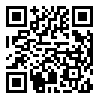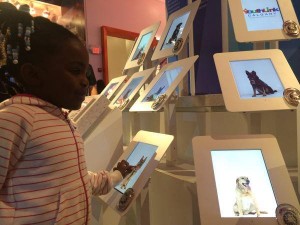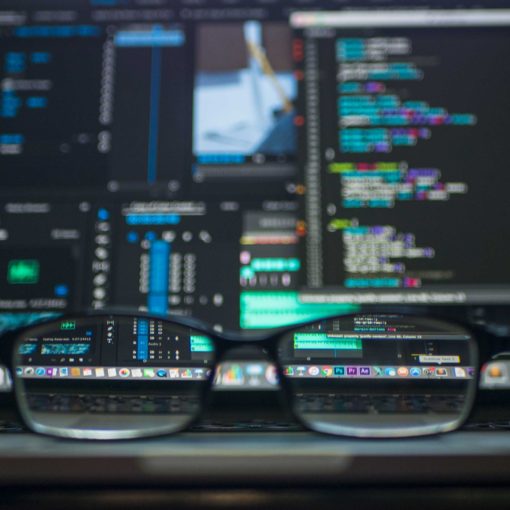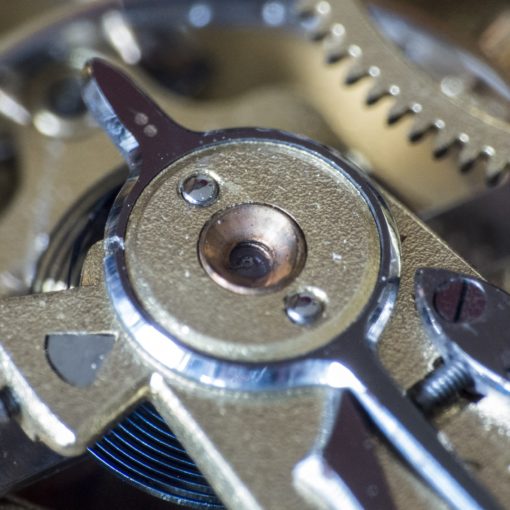Designing new exhibits is hard work, and it’s not something that happens all the time. Many organizations plan to update their exhibits every 5 to 10 years (the really lucky ones look at a 3 year cycle), but with the curve that technology advancements is on, there are things that can be done to enhance your current exhibits now without breaking the bank, or having to do a full re-design.
Here are just a few examples of how you can cheaply augment your current exhibits with simple technology.
QR Codes
I know, I know, QR codes kill kittens, but hear me out. Have you ever wanted to include multiple languages in your exhibits? This is a simple and effective way to accomplish that. Simply include a QR code at your exhibit that links to a page on your website that includes the translated text. This uses almost no additional space in the actual exhibit and costs almost nothing. Furthermore with a little help from google analytics (free) you can now see how often the translated text is being accessed and help build a case for funders when it comes time to update the exhibit.
Another simple use of QR codes is to link to a webpage that includes additional photos or information that may only be relevant to particular demographics or visitors. Again, super cheap and fairly simple to implement.
Beacons![]()
Things get a little trickier here. Beacons are little devices that, at their simplest, help a mobile device track itself through an indoor space. There are TONS of applications for beacons in museum spaces. The easiest implementation is to track visitors paths through a museum and find out how long people stay at any particular exhibit. Moving on the more advanced applications, beacons can be combined with a mobile app to literally guide visitors through a space. Providing contextual information about an exhibit as they approach. This may cost more but it still requires no changes to the actual exhibit, and again can be easily integrated with an analytics package to produce relevant statistics and reports.
Screens
Now we are introducing actual physical changes to an exhibit.
Let’s face it, space is limited. There are only so much text or images that can fit into an exhibit. Digital media changes this. The thoughtful addition of a screen can enhance almost any exhibit, and provide a simple way to continuously update an exhibit without having to go through the fabrication process again.
Adding new images or video every year can add longevity to an exhibit that otherwise wouldn’t see a refresh for much longer timeframe.
Touch
This is the next level for screens. A much better way to engage your visitors (and especially youth), is not just bombard them with video and images, but give them control. Let them scroll, scrub, and touch their way through exploration. There are additional costs with touch, but again, technology gains have closed the gap significantly.
Mobile
This is the gold standard. A well designed mobile experience can bring together all of the techniques above into one experience. Delivering a completely customized experience to each and every visitor, in a way that is trackable, updatable, and expandable. Mobile technologies such as augmented reality, location services, and social integration can put your exhibits above and beyond expectations.
There are lots of other ways to easily enhance current exhibits with technology, and I believe that every cultural organization should be looking into ways that they can keep their exhibits fresh without having to do a full re-design. Technology provides a way of doing that simply, and cheaply.




